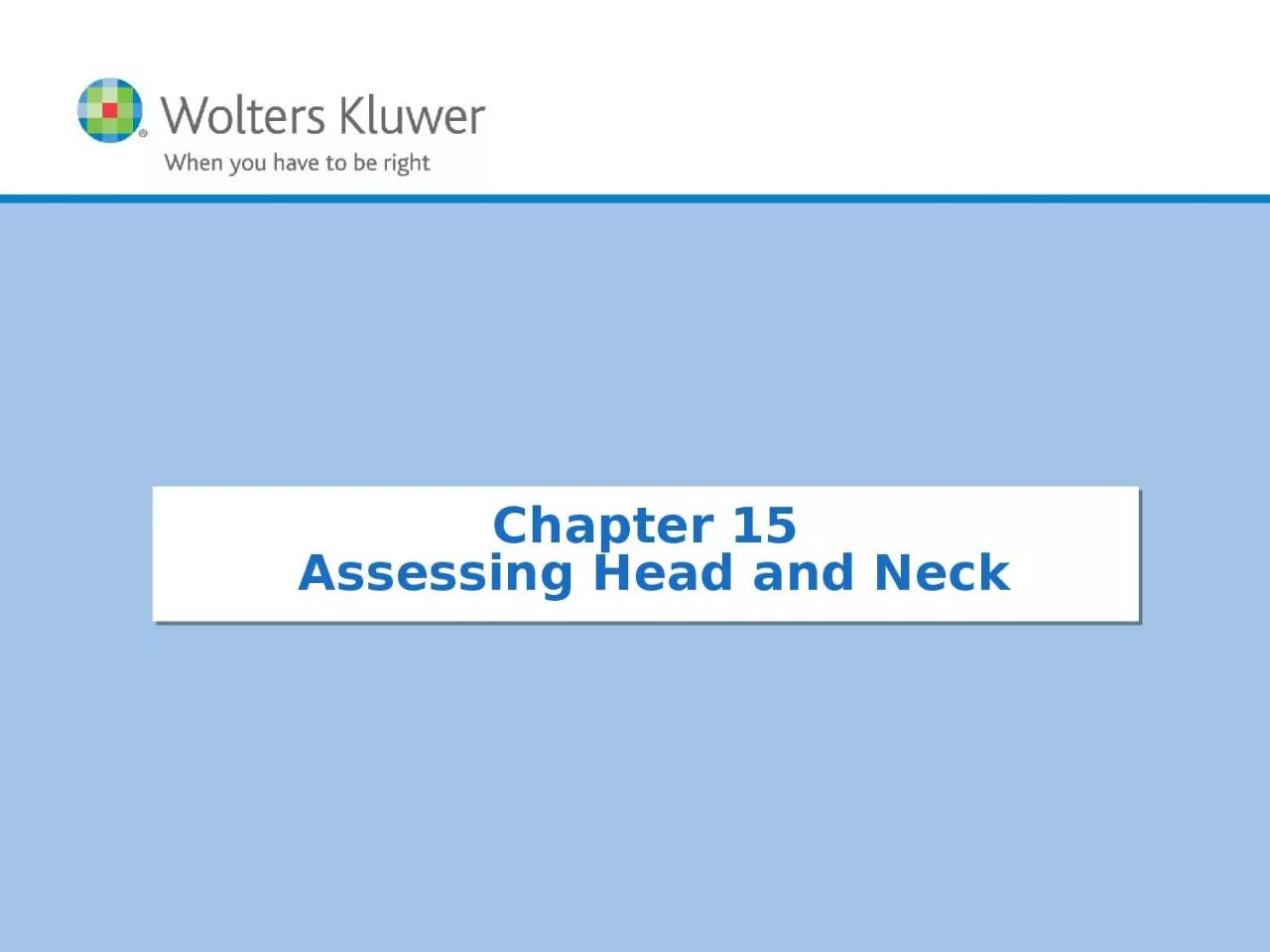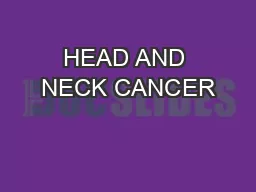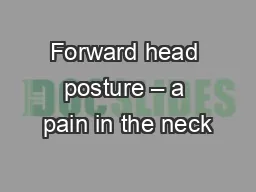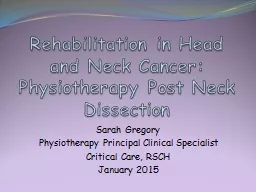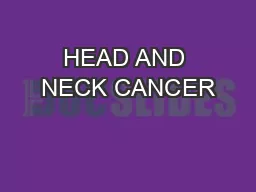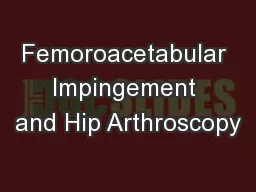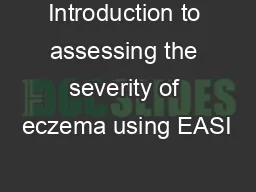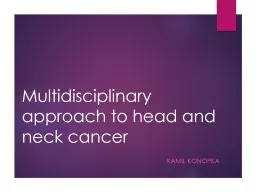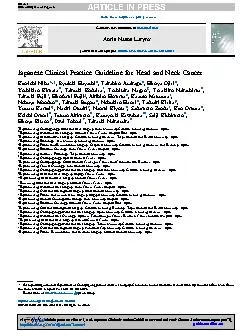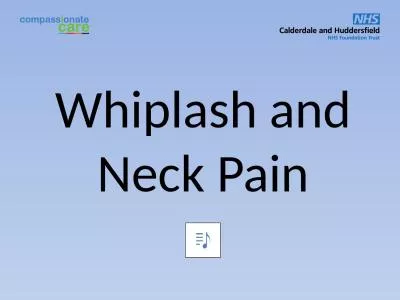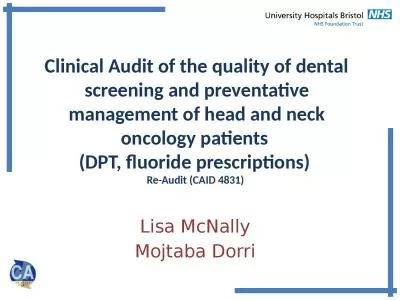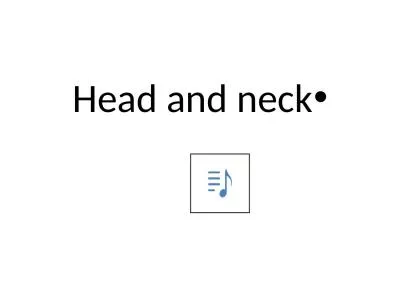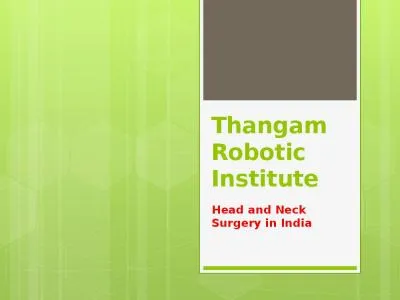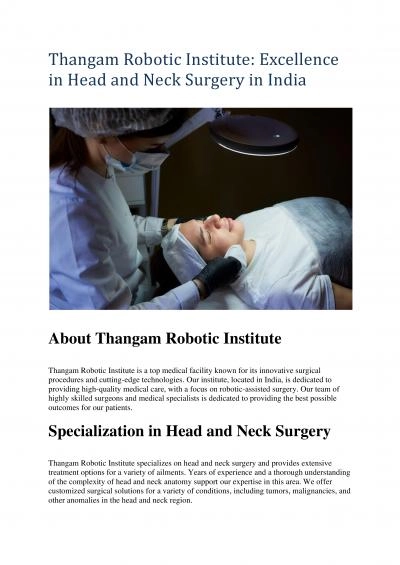PPT-Chapter 15 Assessing Head and Neck
Author : fanny | Published Date : 2024-01-29
Structure and Function The Head Cranium8 bones Frontal 1 Parietal 2 Temporal 2 Occipital 1 Ethmoid 1 Sphenoid 1 Question Is the following statement true or false
Presentation Embed Code
Download Presentation
Download Presentation The PPT/PDF document "Chapter 15 Assessing Head and Neck" is the property of its rightful owner. Permission is granted to download and print the materials on this website for personal, non-commercial use only, and to display it on your personal computer provided you do not modify the materials and that you retain all copyright notices contained in the materials. By downloading content from our website, you accept the terms of this agreement.
Chapter 15 Assessing Head and Neck: Transcript
Download Rules Of Document
"Chapter 15 Assessing Head and Neck"The content belongs to its owner. You may download and print it for personal use, without modification, and keep all copyright notices. By downloading, you agree to these terms.
Related Documents

